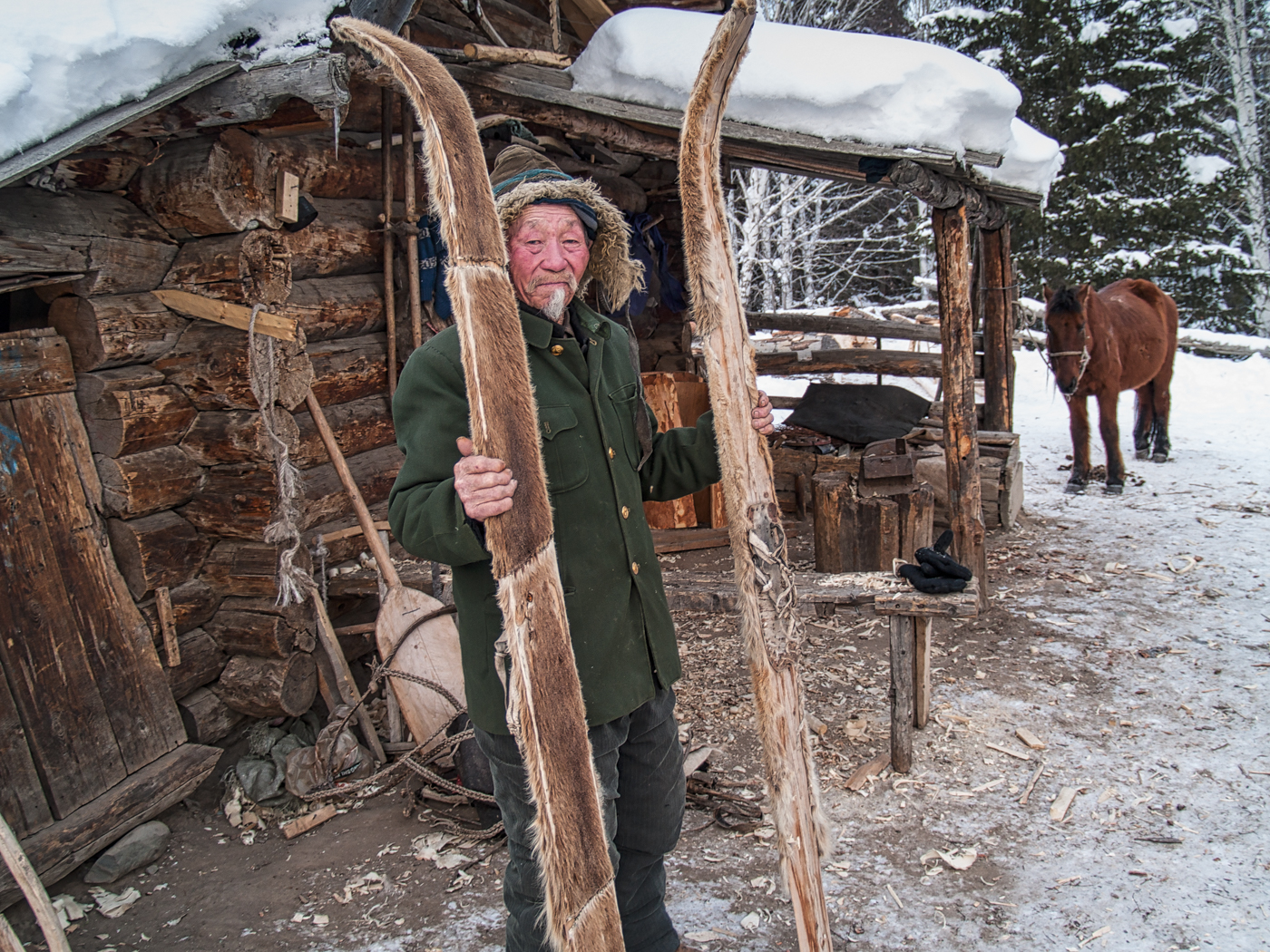fisheater wrote: ↑Sat Nov 26, 2022 8:25 pm
I personally don’t understand how you can have a boot flex at the ball of foot, but not be torqued in the turn without the aid of a cable.
There isn’t a 1:1 relationship between longitudinal boot flex and lateral torque. On a NNN BC binding, much of the torque is driven by the interface between the bottom of the boot and the shape of the binding. 75mm doesn’t have this… but it does have a cable (when fitted).
The moment of torque is different but the overall effect is equal. Cables transmit torque in one direction. Binding grooves transmit torque in both directions simultaneously. The moments of torque are different… the different bindings probably achieve the same levels. The only thing that differs is that a NNN BC can only do this when the mid foot is planed.
Boot stiffness comes into play a lot though. Turning is driven by the knees. The tarsals, calcaneus and navicular are kind of along for the ride.
DG99 wrote: ↑Sun Nov 27, 2022 12:34 am
I see the Asnes Falketind is narrower, but still with lotsa sidecut, seems about like some old school telemark skis for leather boots.
Depends on what you mean by “old”. Really old skis were rather plank like. People telemarked on them. Some did so damned near as convincingly as folks do today with plastic boots and side cut skis. Gotta appreciate the talent of some of those old dudes back in the day.
lilcliffy wrote: ↑Sun Nov 27, 2022 6:30 pm
And if the only current Xplore boots that will work for my feet are either the Alaska XP or the leather Alfa XPs- what is the point of all the extra cost?
Would an Alaska Xplore be THAT much better than an Alaska NNNBC setup- when you consider +200% extra cost?
I’m with you on this. The Xplore offers a lot of performance potential. Does it offer double the performance when paired with a flexible boot? Doubtful.
fisheater wrote: ↑Sat Dec 03, 2022 10:41 pm
I realize measuring camber can be a meaningless measure, as the resistance of the camber is what really affects performance.
As I’m sure you’ve realized, resistance of the camber can be assessed with a bit of interpolation.
All skis have a weight range, which typically spans ~10-15 kg. Assuming that a ski can be compressed with 75% of a skiers weight, the one with less unloaded camber will generally be stiffer.
This is a very general guide (emphasis on “very general”).
Classic racing skis of identical camber and length come in differing stiffness. These are laid up differently to maximize glide across softer and harder surfaces. We don’t see this as much in BC because the surface doesn’t vary THAT much. Not like reformed, compressed, and track set vs. fresh or soft, lightly compressed, and textured.
Gravity is a constant. Mother Nature settles and wind packs. Machines compress.
We dreamed of riding waves of air, water, snow, and energy for centuries. When the conditions were right, the things we needed to achieve this came into being. Every idea man has ever had up to that point about time and space were changed. And it keeps on changing whenever we dream. Bio mechanical jazz, man.

